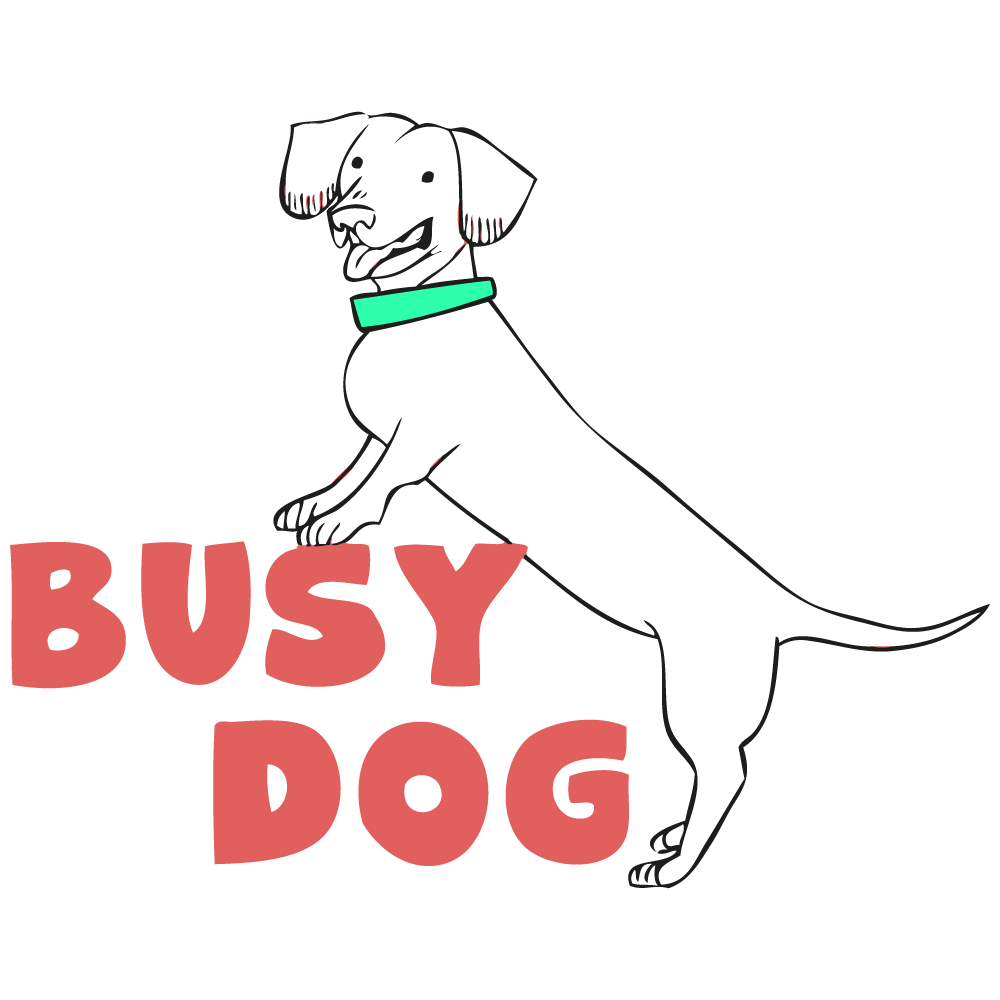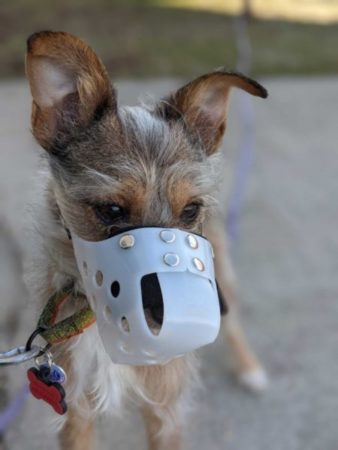

Myth #1: Muzzled dogs are bad dogs.
Fact: Dogs may be muzzled for a variety of different reasons; none of which is because the dog is inherently bad. A muzzle may be used for situations beyond aggression and reactivity. Some dogs are known to eat things off the ground that they shouldn’t. The muzzle will protect his sensitive stomach or help prevent the risk of him ingesting a foreign body, which is a serious veterinary emergency. Some dogs also play too rough or play with dogs with thin skin, like greyhounds. The muzzle can protect those other dogs from accidental injuries. A muzzle may also be appropriate for a dog with a high prey drive. This saves the wildlife in the area! In some states and countries, there may also be a Breed Specific Legislation (BSL) that states that specific breeds and breed mixes must be muzzled in public.
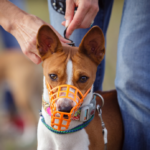
Myth #2: Muzzled dogs are unhappy.
Fact: With proper training, a dog wearing a muzzle perceives the muzzle as an exciting tool that lets the dog do things she might not otherwise be able to do. Proper muzzle training includes a slow introduction to the muzzle with plenty of high value treats in order to create a positive conditioned emotional response (+CER). Tiny steps are taken following the introduction so that the dog may feel safe and learn to tolerate the muzzle before it is ever strapped on or used for an extended period of time. A properly muzzle trained dog will not try to remove the muzzle, nor will appear bothered by it in any way. The muzzle means freedom!
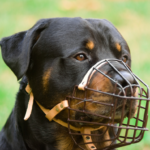
Myth #3: Only aggressive and reactive dogs should be muzzle trained.
Fact: In addition to the situations where a muzzle may be used listed in #1, muzzle training is also an important just in case skill that may prove to be valuable in the future. In the perfect storm of a situation, any terrified dog or dog in pain may bite. If a painful injury occurs, even the most tolerant dogs may snap at the veterinary office. In these instances, a muzzle will be necessary in order to protect both the veterinary workers and the dog. If the dog is already muzzle trained, this will be one less stressful aspect of the visit.
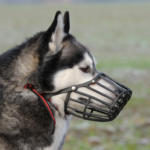
Myth #4: Muzzles need to be tightly fitted.
Fact: Tightly-fitted muzzles are only appropriate for very short periods of time, as they restrict the amount of air flow the dog will get. A properly-fitted muzzle will be basket style, large enough to allow panting, yawning, and drinking water. An easy way to measure how big the basket muzzle should be is to measure the circumference of the dog’s snout with a ball in his mouth.
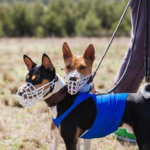
Myth #5: It’s safe to let my dog run up to a muzzled dog.
Fact: Without asking, it’s impossible to know why a dog is wearing a muzzle. For this reason, a muzzled dog should always be provided plenty of space in order to avoid stressing the dog and her handler. Do not make assumptions, but instead offer a kind smile and a little extra room.
